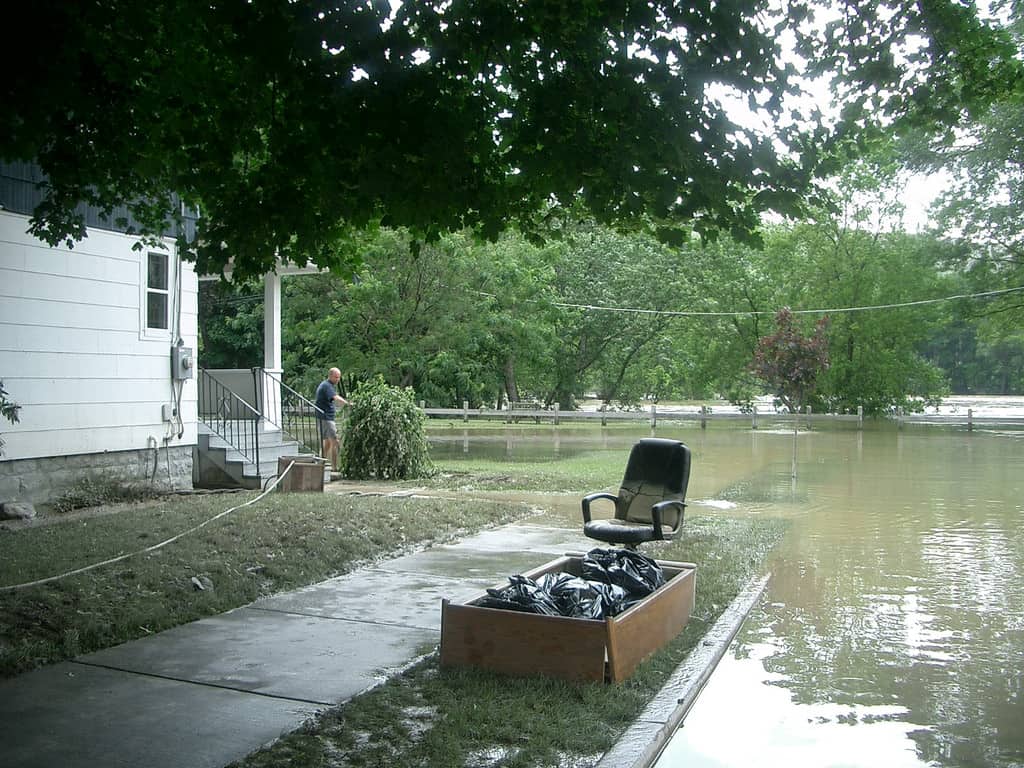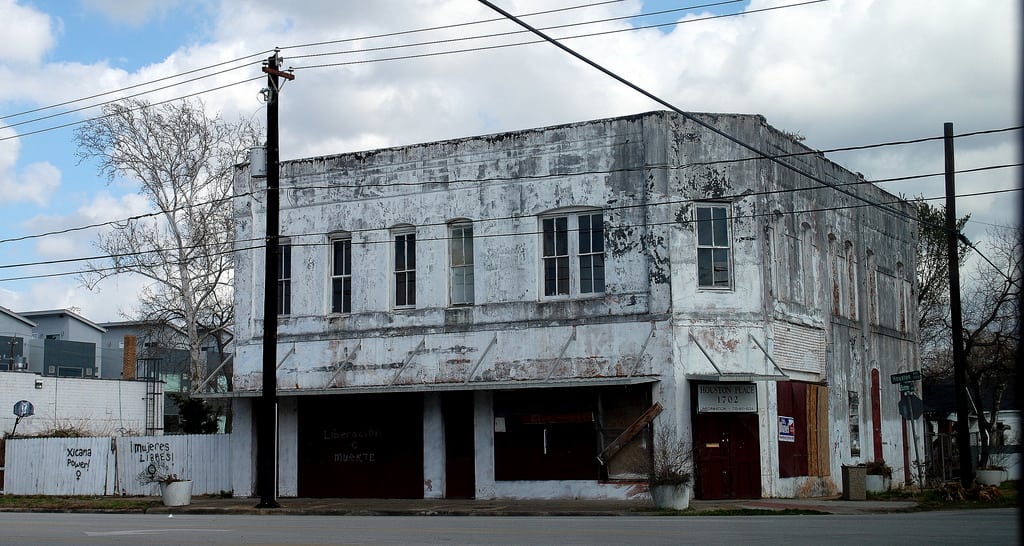This three-part series highlights steps to take when you notice water damage. Upon reading this series you will know how to safely identify and begin the remediation of water damage. Now, we all now restoration professionals that respond to such situations (or we should). But perhaps the damage is fairly minimal (at least at first glance), perhaps you are not really interested in forking over an emergency response charge or perhaps you are not the type to just sit by while your house is flooding. This series will increase your chance of effectively responding to water damage quickly and efficiently.
Step 1: Check for Danger
Don’t turn a flood issue into a cardiac arrest issue. Before doing anything, ensure the damaged area is safe to work in. Your main concern is electrical danger. As you approach a water damaged area, check for light fixtures and/or appliances that may have been damaged before, during or after the flood event.
For example, let’s say a 2nd floor restroom floods, and causes the 1st floor ceiling to fall in. And let’s say there was a light fixture or ceiling fan on this ceiling. Chances are the weight of the wet material and water tore the fan/fixture right out of it’s housing when the ceiling collapsed. Be sure hot wires are not exposed as you begin to assess damage. If there is any risk of such shock exposure, immediately turn off the power to the building and safely resolve the danger.
In Part II of this series, we will learn to categorize and stop the water source causing the damage.
Water Damage
1. Check for Danger
2. Identify the Source
3. Prevention & Drying





No Comments